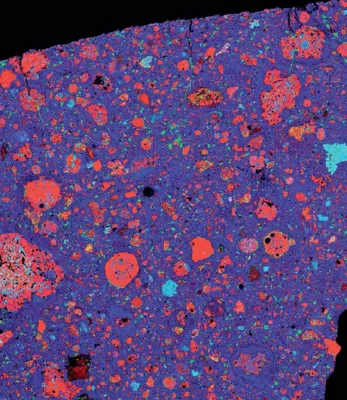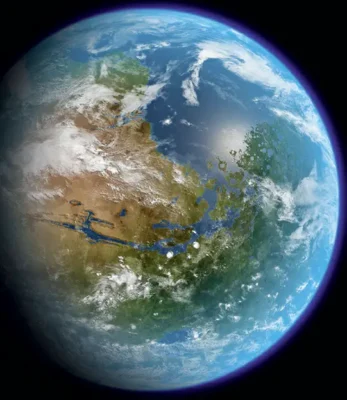Tag Archives: Space Exploration
~5 Billion: The Inevitable Demise of Earth – A Glimpse into the Sun’s Future
The Sun's eventual transformation into a red giant and then a white dwarf marks Earth's inevitable end, but it also opens possibilities for future life to thrive on other worlds
1995: Discovering Earthlike Exoplanets in the Cosmos
Astronomers have discovered thousands of exoplanets, including Earth-sized worlds, using methods like radial velocity and transit. The universe may be filled with Earthlike planets, expanding our cosmic understanding
1977: Voyager Golden Record – Humanity’s Cosmic Time Capsule
NASA's Voyager probes carry the Golden Record, a cosmic time capsule showcasing Earth's diversity and culture, designed to last billions of years in space
1970: The Cosmic Search for Life – Insights from Meteorites
The discovery of amino acids in the Murchison meteorite supports the notion that life's essential molecules are prevalent throughout the universe, underscoring the potential for extraterrestrial life
1968: The Historic Journey of Apollo 8 – Escaping Earth’s Grasp
Apollo 8's historic mission marked humanity's first escape from Earth's gravity, paving the way for future space exploration beyond low Earth orbit
1961: Terraforming Visions – Transforming Planets to Earth-like Worlds
Carl Sagan pioneered the study of terraforming, the ambitious concept of modifying alien planets like Venus and Mars to support Earth-like life, despite significant challenges
1958: Discovery of Earth’s Van Allen Radiation Belts by Explorer 1
Explorer 1, led by James Van Allen, revealed the existence of Earth's Van Allen Radiation Belts, a major discovery in space science and Earth's magnetic field study
1957: Sputnik – The Satellite that Kickstarted the Space Age
Sputnik's launch by the Soviet Union in 1957, led by Sergei Korolev, ignited the Space Age and spurred significant advancements in space exploration and technology
1945: The Development and Impact of Geosynchronous Satellites
Pioneers like Oberth, Potoc˘nik, and Clarke laid the groundwork for geosynchronous satellites, revolutionizing telecommunications and Earth observation









